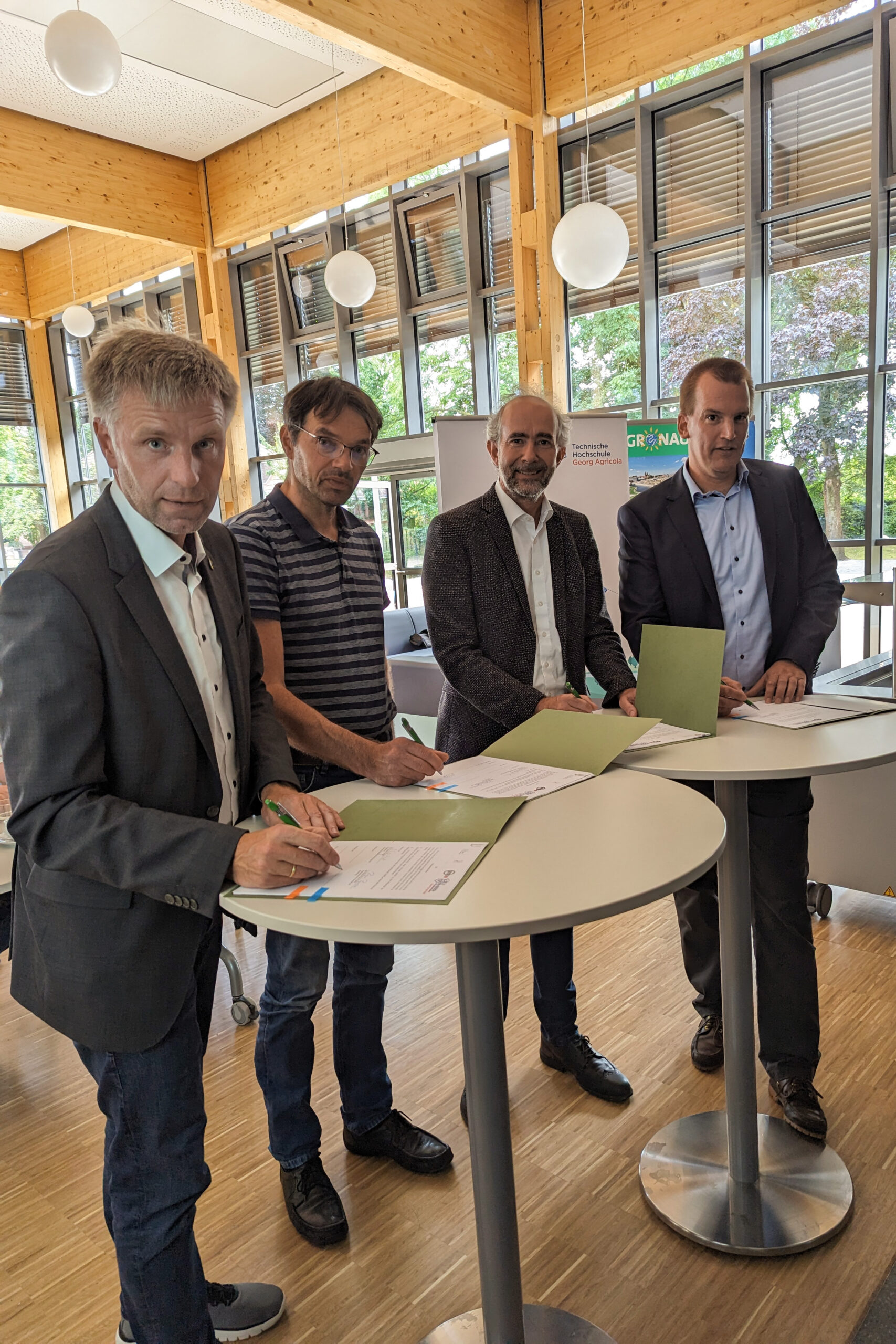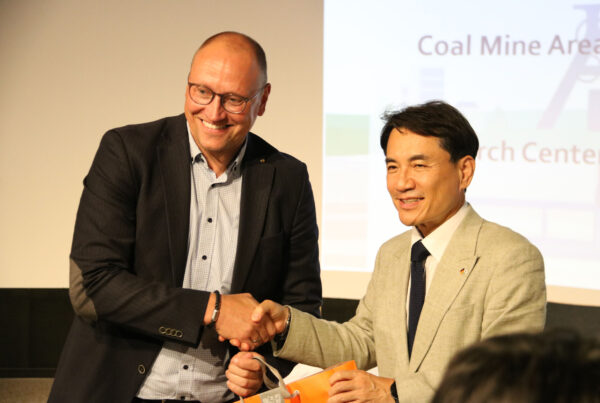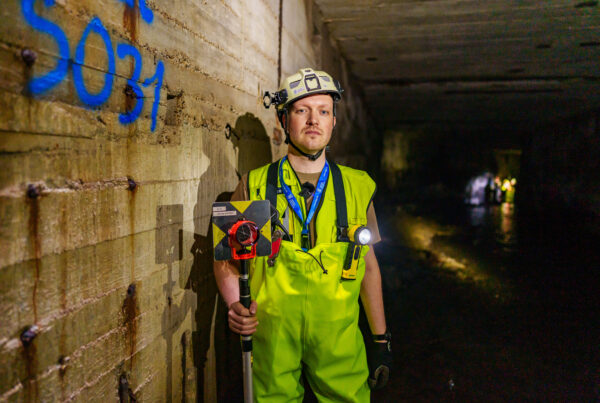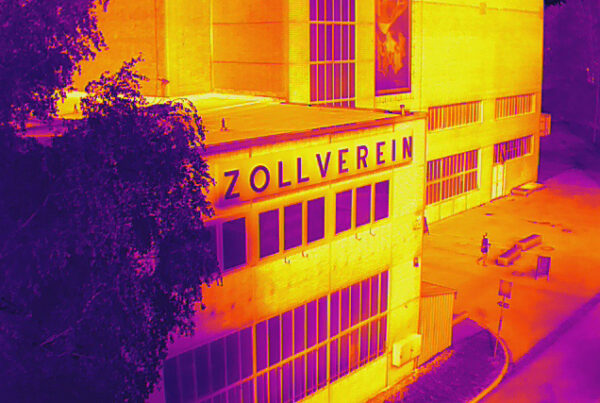The ground beneath Gronau is shifting—there is no doubt about that. On average, the surface rises and falls by up to two centimeters year-on-year. Over the past three years, the “Monitoring Epe” research collaboration has jointly investigated the factors influencing ground movement. What is actually caused by mining in the region? What influence does the cavern field have? What is caused by natural factors? The findings of the past few years have been so successful that this unprecedented collaboration is now set to continue: at the Euregio Comprehensive School in Epe, the partners have agreed to work together for another three years. The main focus will be on understanding the underground processes in detail, continuously monitoring them, and explaining them to all interested parties.
The participants are the city of Gronau, the citizens' initiative Kavernenfeld Epe e.V. (BIK), EFTAS Fernerkundung Technologietransfer GmbH, and the Research Center of Post-Mining at the Georg Agricola Technical University (THGA) in Bochum.
What is it about?
In order to gain a deeper understanding of what is happening underground, the researchers combine on-site measurements with modern Earth observation methods. In particular, they use freely available satellite data from the EU's Copernicus space program, but also local information such as the knowledge of citizens. “Only by combining all this data can we gain valuable insights into flood protection in the region, among other things. It is particularly important to us to involve the public in our work and keep them informed,” says Prof. Dr. Tobias Rudolph from THGA.
The close cooperation of recent years has created a solid foundation of trust—both among the partners themselves and within the population. “Today, we want to reaffirm this foundation of trust,” said Mayor Rainer Doetkotte at the signing of the agreement. "All partners continue to pursue the goal of creating transparency and enabling active participation when it comes to ground movements in our region. The knowledge transfer that takes place here is incredibly important and valuable for our city." The political committees in Gronau apparently agreed, as they recommended continuing the research cooperation. The city budget has allocated around 27,000 euros annually for this purpose over the next three years.
Second round for greater transparency between science and society (from left to right): Mayor Rainer Doetkotte, BIK Chairman Holger Perrevort, Dr. Andreas Müterthies from EFTAS, and Prof. Dr. Tobias Rudolph from THGA sign the cooperation agreement. (©THGA)

Background:
Salt has been intensively mined in the region around Gronau for around 50 years. This has created large cavities. These so-called caverns, which lie at a depth of between 1,000m and 1,500m, are now used to store natural gas, oil, and helium. Plans are underway to use the caverns to store hydrogen. Right next door is the Amtsvenn nature reserve, a moorland area covering almost 9 square kilometers. The special geological location leads to ground movements, which in the long term can cause subsidence in the terrain and thus damage to buildings and changes in the water balance.
Get informed and get involved
Further information is available on the interactive website https://monitoring-epe.de/.
Here you also have the opportunity to engage in dialogue with the participating scientists.





